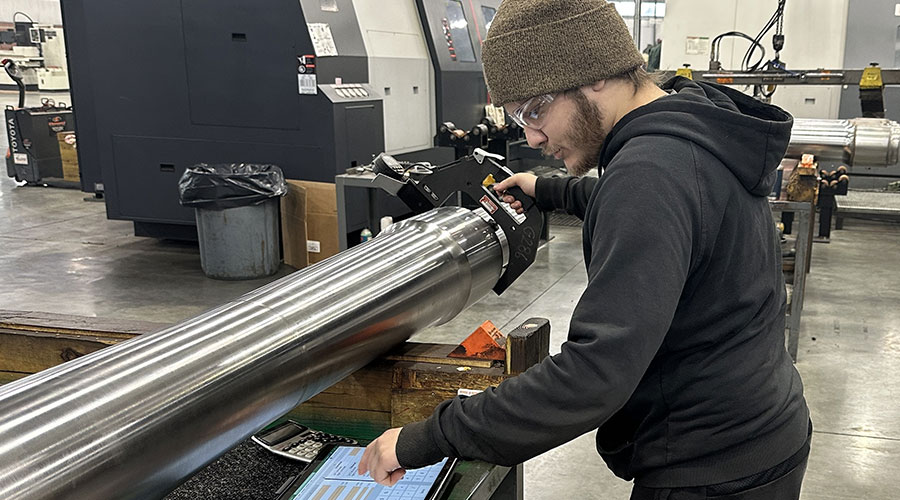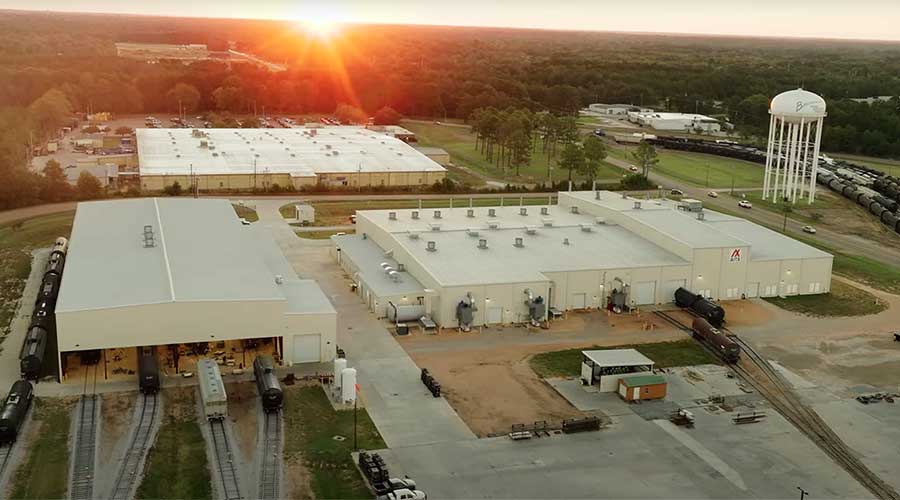Stay updated on news, articles and information for the rail industry
December 2010
Part 1 : Rail Outlook: 2011
Class I Outlook: 'Year of Opportunity'
Part 4 : 'Certainty is what drives investment' — AAR's Ed Hamberger
Part 5 : Short-Line Outlook 2011
Passenger Rail Outlook 2011 - 'Still a Little Tenuous'
High-Speed Rail: In flux in 2011
Part 8 : Rail-Car Deliveries in 2011
Rail News: MechanicalRail-Car Deliveries in 2011
— by Toby Kolstad
At Progressive Railroading's annual RailTrends conference in September, I revealed a trade secret that, surprisingly, only recently has become common knowledge among rail-car forecasters: The rail-car industry lags the general economy by up to 12 months. So, while the economy began to recover from the Great Recession during the third quarter of 2009, rail-car builders had to wait until the third quarter of 2010 to see a turnaround. During fourth-quarter 2009, even though the GDP was growing at a rate close to 5 percent, I projected that only 15,000 cars would be built in 2010, compared with the 21,000 delivered in 2009. And I even thought the projection was a bit optimistic.
Now, our statistical forecast of 13,800 cars for 2010 appears to be very close to the actual number of deliveries expected. We don't run the forecasting models until December, after all of the third-quarter data has been reported and a consensus of what is happening in the fourth quarter is available.
As for 2011, our current projection is for deliveries around 22,000 cars, up almost 50 percent from this year's total. Moreover, 22k may be too pessimistic; the statistical models may yield a higher, rather than lower, forecast.
The recovery will not be broad based, but there should be improvement for most car types. The greatest improvement? Large covered hoppers. Demand for those cars, which are used to move grains and dried chemicals, such as fertilizers, should bring all of them out of storage and return lease rates to normal levels. However, the large number of older 263,000-pound cars and owners' reluctance to replace them with newer 286,000-pound models should keep demand for new equipment in check.
Gauging the Order Trickle
Also, demand for small-cube covered hopper cars — which can transport industrial sand used in hydrologic fracturing of shale rock formations — has exceeded the supply of surplus cement cars that could be cleaned for such purposes, and orders for new equipment have increased significantly. Overall, we expect about 10,000 covered hoppers to be delivered in 2011. As of press time, that would be about double the total expected to be built in 2010.
Demand for new intermodal equipment was the biggest surprise of 2010. While tens of thousands of 40-foot wells used for international service remain in storage, the surplus of 53-foot wells apparently disappeared and orders for more than 3,300 cars were booked in the third quarter. The latter models are used in domestic service, a sector in which railroads have been working hard in recent years to capture highway traffic. If railroads are successful in their endeavors, more orders might be possible in the near future, and intermodal-car deliveries might exceed 4,000 units in 2011.
Orders for new aluminum coal cars are still on the builders' wish lists, but orders for the hybrid stainless steel-aluminum cars — the ones that serve as replacements for the old fleets of coal cars with steel bodies in the eastern United States — at least will keep FreightCar America busy in 2011.
The coal industry is being battered by the environmentalists and hammered by cheap natural gas, and is not expected to recover to pre-recession levels anytime soon. The thousands of surplus aluminum cars should continue to depress demand; replacement cars for the eastern fleets may constitute the only order action for a while.
Demand for tank cars, too, will be related to replacement needs in 2011; we expect deliveries to be a little more than the 4,500 units expected in 2010. However, that will be better than the near-zero demand levels we expect for new box cars, flat cars and gondola equipment. Construction spending and new automobile purchases will have to return to pre-recession levels before those cars are in demand again.
The near term for rail-car builders will already be cast by the end of 2010. Remember, as Shakespeare said in his last play, The Tempest: 'Past is prologue' for this industry. How the economy develops in 2011 will determine how production fares in subsequent years. In the meantime, 'slow' and 'steady' are the watchwords most economists use to characterize the year ahead.
Toby Kolstad has been in the railroad industry for more than 30 years, with stints at the Illinois Central Gulf Railroad, Denver & Rio Grande Western Railroad, a car builder and lessor. Currently a consultant on rail-car matters and president of Rail Theory Forecasts L.L.C., he can be emailed at Tkolstad@aol.com.


 2025 MOW Spending Report: Passenger-rail programs
2025 MOW Spending Report: Passenger-rail programs
 Gardner steps down as Amtrak CEO
Gardner steps down as Amtrak CEO
 Guest comment: Oliver Wyman’s David Hunt
Guest comment: Oliver Wyman’s David Hunt
 Women of Influence in Rail eBook
Women of Influence in Rail eBook
 railPrime
railPrime








